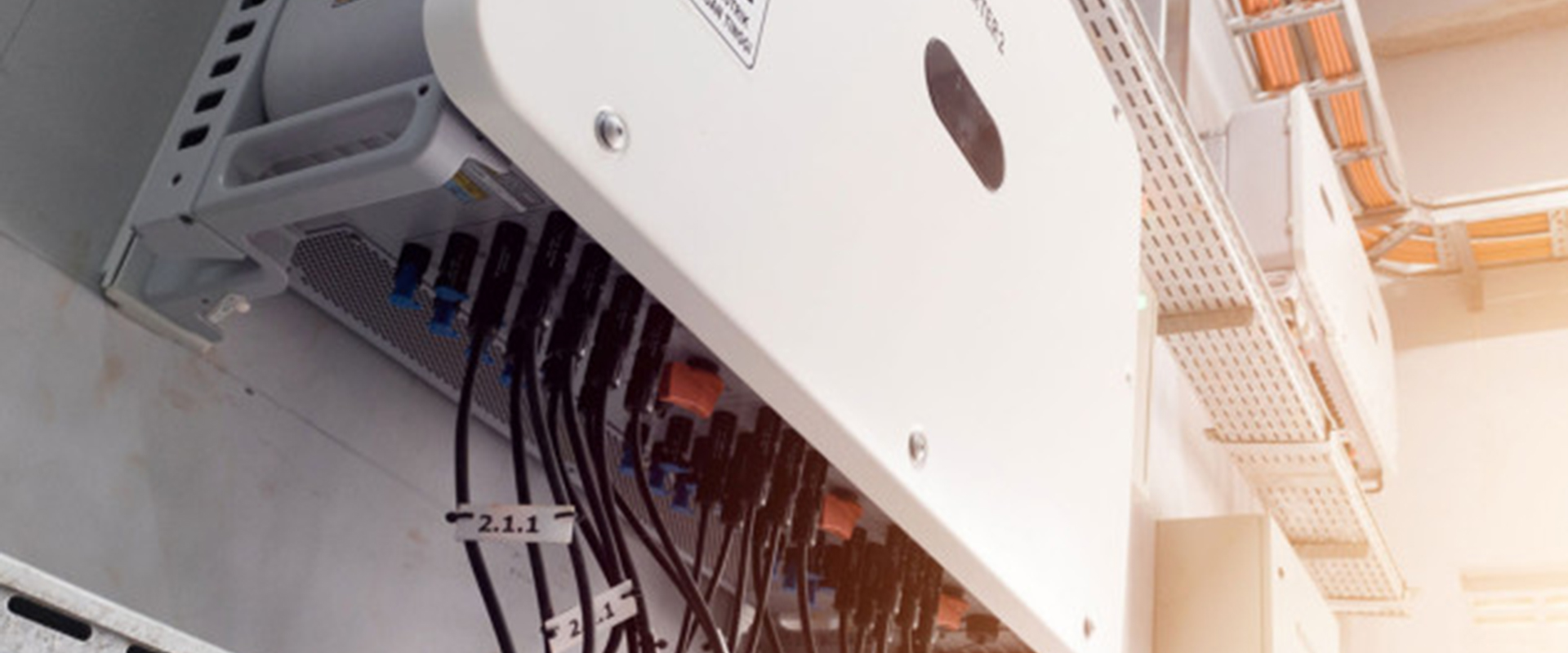The field of inverters and transformers is constantly evolving thanks to technological advancements. This equipment plays a vital role in the efficient distribution of electrical energy. In this article, we’ll explore emerging technology trends that are redefining the way inverters and transformers are designed, manufactured, and used. From the integration of artificial intelligence to the adoption of innovative materials, let’s find out how these trends will shape the future of the industry.
 Emerging technology trends in inverters and transformers:
Emerging technology trends in inverters and transformers:
Advances in inverters and transformers are both exciting and promising. At the heart of these innovations is the increasing integration of artificial intelligence (AI). By leveraging AI capabilities, it is now possible to monitor inverters and transformers in real-time, predict anomalies before they occur, and automatically maximize their efficiency. At the same time, we are seeing a merger of this equipment with smart grids. This synergy facilitates smooth communication between devices, ensuring more accurate power distribution and proactive response to challenges. What’s more, the green shift in the industry is also evident: traditional transformers, often filled with oil, are giving way to eco-friendly alternatives, using biodegradable materials, reflecting a commitment to environmental sustainability.
1. Artificial Intelligence (AI) Integration:
AI is playing an increasing role in optimizing the performance of inverters and transformers. AI algorithms can monitor operating conditions in real-time, predict potential failures, and automatically adjust parameters for maximum efficiency.
2. Smart Grids:
Inverters and transformers are increasingly being integrated into smart grids. These systems enable two-way communication between equipment, facilitating more accurate management of power distribution and rapid problem resolution.
3. Green Processors:
Environmentally friendly materials are becoming increasingly important in the manufacture of transformers. Traditional oil-insulated transformers are gradually being replaced by more environmentally friendly models using biodegradable dielectric fluids.
4. Miniaturization and compactness:
Advances in semiconductor technology enable the miniaturization of inverters, making them more compact and efficient. This paves the way for applications in tight spaces, such as electric vehicles.
5. Variable Frequency Inverters:
Variable frequency inverters are increasingly being used to regulate the speed of electric motors, improving energy efficiency and the accuracy of industrial processes.
6. Energy Storage Systems:
The integration of energy storage systems, such as batteries, with inverters and transformers allows for more flexible management of energy production and consumption, promoting the use of renewable energy.
FAQ’s
How is artificial intelligence used in inverters?
AI can monitor data in real-time to detect anomalies, optimize performance, and predict future problems, improving the efficiency and durability of inverters.
What is a smart grid?
A smart grid incorporates advanced communication technologies to facilitate bi-directional energy management and coordination between different equipment in the grid.
How are eco-friendly materials used in transformers?
Eco-friendly materials, such as biodegradable dielectric fluids, are used to replace traditional insulating oils in transformers, reducing environmental impact.
How is miniaturization of inverters beneficial?
The miniaturization of inverters allows them to be used in tight spaces, opening up new application possibilities in areas such as electric vehicles and wearable electronics.
How do energy storage systems improve energy efficiency?
Energy storage systems store the energy produced during periods of low demand and release it when demand is higher, optimizing energy use.
What are the long-term implications of these trends?
These trends will transform the inverter and transformer industry by improving their efficiency, durability, and flexibility, which is essential to meet ever-changing energy needs.
Conclusion
Technological advancements in inverters and transformers are opening up exciting new opportunities for the energy industry. The integration of artificial intelligence, the adoption of eco-friendly materials and innovations in design make this equipment more efficient and sustainable than ever. By understanding and anticipating these trends, energy professionals can shape a more efficient and environmentally friendly energy future.



